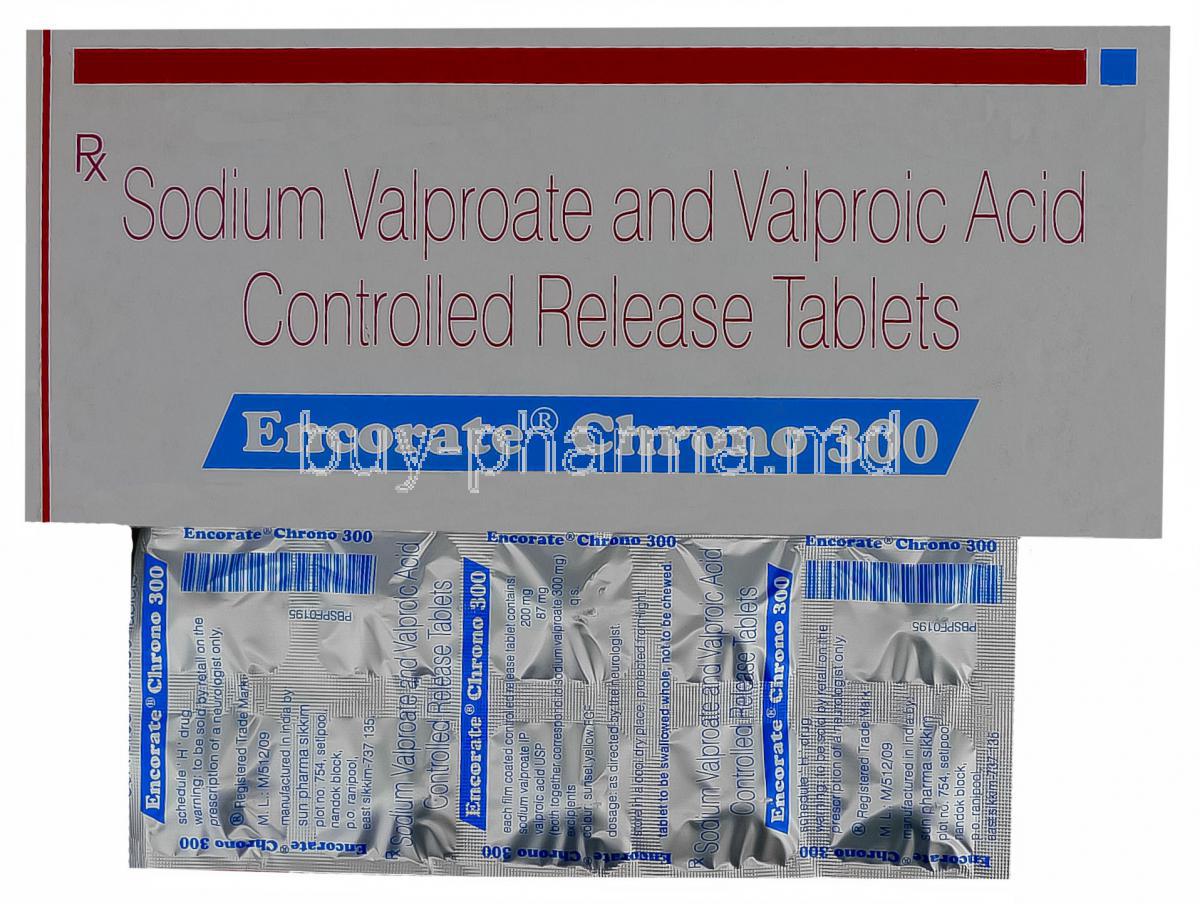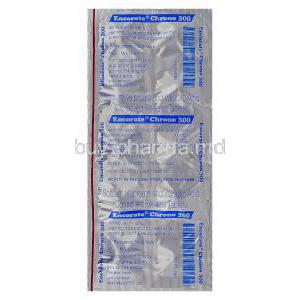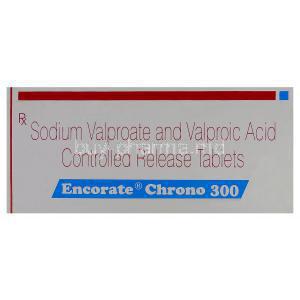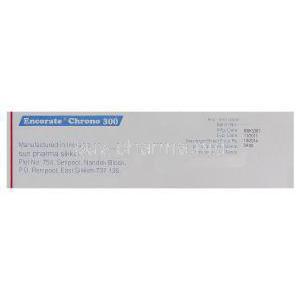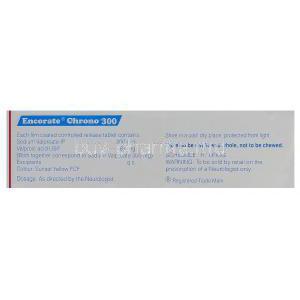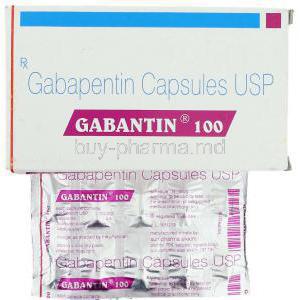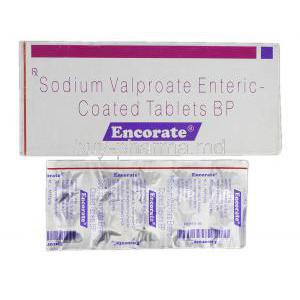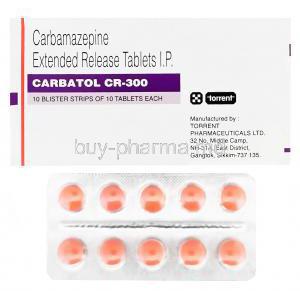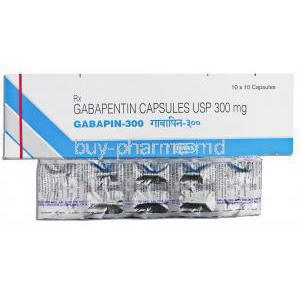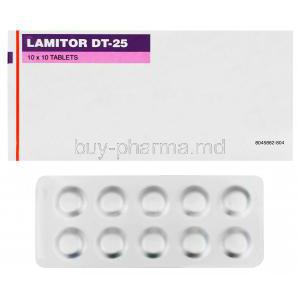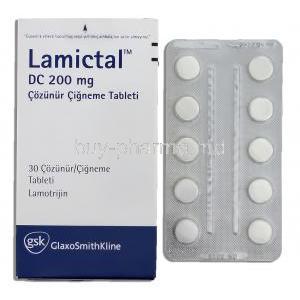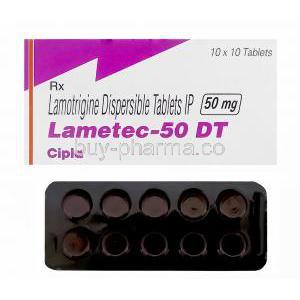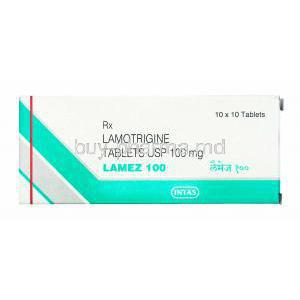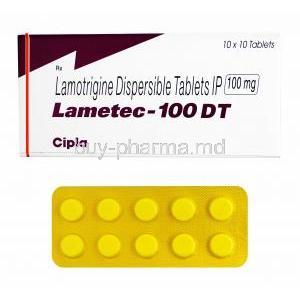1. Introduction to Sodium Valproate and Valproic Acid
Overview of Sodium Valproate and Valproic Acid
Sodium Valproate and Valproic Acid are pharmacologically related compounds widely used in neurology and psychiatry. Known for their anticonvulsant and mood-stabilizing properties, these agents are essential in managing several central nervous system disorders.
History and Development of Valproate-Based Therapies
Valproic acid was first synthesized in 1882, but its therapeutic potential was only discovered in the 1960s. Since then, it has evolved into various salt forms, including sodium valproate and divalproex sodium, to improve tolerability and pharmacokinetics.
Classification: Anticonvulsant and Mood-Stabilizing Agent
Belonging to the class of broad-spectrum antiepileptics, valproate is also classified as a mood stabilizer. Its versatility makes it a cornerstone in both epileptology and psychopharmacology.
Available Formulations: Tablets, Extended-Release, Syrup, Injectable
Sodium valproate and valproic acid are available in:
- Immediate-release tablets and syrups
- Extended-release oral tablets
- Injectable formulations for intravenous use
2. Composition and Active Ingredients
Chemical Structure and Salt Forms
Valproic acid is the parent compound, while sodium valproate and divalproex sodium are salt derivatives. These forms differ in pH stability and absorption profiles.
Formulation Differences and Bioavailability
- Sodium valproate: rapid absorption, useful for acute control - Valproic acid: slightly slower onset - Divalproex sodium: delayed release for steady plasma levels
Inactive Components and Excipients
Formulations may include lactose, povidone, magnesium stearate, or sorbitol, each affecting tolerability and administration route.
3. Mechanism of Action: How Sodium Valproate Works
- Inhibition of voltage-gated sodium channels: Stabilizes neuronal membranes and reduces excitability
- Augmentation of GABAergic neurotransmission: Inhibits GABA degradation, enhancing inhibitory tone
- Inhibition of T-type calcium channels: Especially effective in absence seizures
- Neuroprotective and anti-kindling effects: Prevents seizure sensitization and neurodegeneration
4. Approved Medical Uses of Sodium Valproate
4.1 Treatment of Epilepsy and Seizure Disorders
- Focal seizures - Generalized tonic-clonic seizures - Absence seizures - Juvenile myoclonic epilepsy
4.2 Bipolar Disorder Management
- Acute manic episodes - Maintenance therapy to prevent mood cycling
4.3 Migraine Prophylaxis
Sodium valproate is FDA-approved for preventing migraines in adults, particularly effective in chronic or refractory cases.
5. Off-Label and Investigational Uses
5.1 Neurological and Psychiatric Conditions
- Schizoaffective disorder - Dementia-related agitation - Borderline personality disorder - PTSD (experimental use)
5.2 Pain and Movement Disorders
- Peripheral neuropathies - Essential tremor - Tardive dyskinesia (adjunctive)
5.3 Rare and Pediatric Indications
- Rett syndrome - Lennox-Gastaut syndrome - Autism spectrum-related irritability
6. Dosage and Administration Guidelines
6.1 General Dosing Information
- Start low and titrate based on serum levels - Maintenance doses individualized by weight, age, and response
6.2 Route of Administration
- Oral is preferred for chronic management - IV reserved for emergencies or NPO status - Switching between forms requires careful dose equivalency
6.3 Weight-Based and Age-Based Dosage
- Pediatric: mg/kg/day basis with close liver monitoring - Elderly: lower initial doses to avoid sedation or toxicity
7. Common and Serious Side Effects
7.1 Common Side Effects
- Nausea, vomiting, and abdominal pain
- Tremor and sedation
- Weight gain and transient hair loss
7.2 Serious Adverse Reactions
- Hepatic failure (especially in young children) - Acute pancreatitis - Blood dyscrasias (e.g., thrombocytopenia) - Hyperammonemic encephalopathy
7.3 Long-Term Use Considerations
- Impaired cognitive development (pediatrics) - Increased risk of PCOS - Osteopenia or osteoporosis with chronic use
8. Drug Interactions and Food Considerations
- Antiepileptics: Phenytoin and carbamazepine can reduce valproate levels
- Anticoagulants and aspirin: Enhanced bleeding risk due to protein-binding displacement
- Alcohol and CNS depressants: Additive sedative effects
- High-protein meals: May slightly reduce drug absorption
9. Contraindications and Cautions
9.1 Absolute Contraindications
- Known allergy to valproate - Active or chronic liver disease - Diagnosed urea cycle disorders
9.2 Conditions Requiring Cautious Use
- Mitochondrial disorders (especially POLG-related) - Blood clotting abnormalities - History of drug-induced pancreatitis
10. Warnings and Black Box Alerts
FDA Black Box Warning for Hepatotoxicity and Teratogenicity
Sodium valproate carries a prominent FDA black box warning due to its risk of severe hepatotoxicity and high teratogenic potential. Liver toxicity is particularly concerning in pediatric patients under the age of two, especially when combined with other antiepileptic drugs or in those with underlying metabolic disorders. Additionally, prenatal exposure has been associated with a significantly increased incidence of congenital malformations, including neural tube defects such as spina bifida.
Risk of Suicidal Ideation and Behavior
Like many central nervous system agents, valproate has been linked to an elevated risk of suicidal thoughts and behaviors. This risk necessitates vigilant psychological monitoring, particularly during the initiation of therapy or dosage adjustments.
Monitoring Parameters: LFTs, CBC, Ammonia Levels
To mitigate adverse outcomes, periodic clinical and laboratory surveillance is essential:
- Liver Function Tests (LFTs): Recommended at baseline and regularly thereafter
- Complete Blood Count (CBC): To detect thrombocytopenia or other hematologic changes
- Serum Ammonia Levels: Particularly in patients presenting with lethargy, vomiting, or changes in mental status
11. Special Populations and Careful Administration
11.1 Use in Elderly Patients
Age-related pharmacokinetic alterations result in reduced hepatic clearance and prolonged half-life of valproate in elderly individuals. The elderly may exhibit heightened sensitivity to central sedative effects, increasing the risk of falls, confusion, and motor instability. Lower initial doses and slower titration are recommended.
11.2 Use During Pregnancy and Breastfeeding
Sodium valproate is a known teratogen. Fetal exposure is linked to:
- Neural tube defects such as anencephaly and spina bifida
- Impaired cognitive development and reduced IQ scores in children
- Increased risks of autism spectrum disorders and attention deficit disorders
Prescribers should ensure enrollment in a pregnancy prevention program when applicable. Breastfeeding is generally discouraged as valproate is excreted in breast milk, albeit in small quantities. Neonatal monitoring for hepatotoxicity and sedation is advisable if breastfeeding continues.
11.3 Use in Children and Adolescents
Pediatric patients, particularly those under age two, face a higher incidence of serious hepatic events. Regular liver function monitoring is critical in this demographic. Long-term use may impact cognitive function and academic performance, requiring close developmental assessment and periodic review of therapeutic necessity.
12. Overdose and Emergency Management
Signs and Symptoms of Valproate Toxicity
Acute overdose can lead to:
- Profound central nervous system depression
- Respiratory suppression
- Hypotension and metabolic acidosis
- Hyperammonemia-induced encephalopathy
Management: Activated Charcoal, L-Carnitine, Supportive Measures
Immediate treatment strategies include:
- Administration of activated charcoal if within 1–2 hours of ingestion
- Intravenous L-carnitine to mitigate ammonia accumulation
- Supportive care such as airway protection, IV fluids, and seizure control
Role of Hemodialysis in Severe Overdose
In patients with extreme serum valproate levels or signs of coma, hemodialysis is an effective method to expedite drug clearance and correct metabolic derangements.
13. Storage and Handling Instructions
Recommended Storage Conditions by Formulation
- Tablets and capsules: Store at 15–25°C (59–77°F) - Oral syrup: Keep tightly closed and stored away from direct sunlight - Injectable formulations: Follow specific manufacturer guidelines, often requiring refrigeration
Protection from Moisture and Light
All formulations should be protected from excessive humidity and direct light exposure to maintain chemical stability and prevent degradation.
Shelf-Life and Expiration Guidelines
Adherence to labeled expiration dates is essential. Expired medication should not be consumed as potency may be compromised and risk of toxicity increases.
14. Handling Precautions and Dispensing Advice
Safety Measures for Caregivers and Healthcare Providers
Gloves are recommended when handling crushed or broken tablets to avoid dermal exposure. Any spillage should be cleaned using protective equipment, especially in hospital or nursing home settings.
Disposal of Unused or Expired Medication
Unused or expired valproate should be returned to a designated pharmaceutical take-back program. Do not flush or dispose of in household waste.
Tablet Splitting and Crushing Guidance
Not all formulations are suitable for splitting or crushing. Extended-release tablets must be swallowed whole to preserve their pharmacokinetic profile. When manipulation is necessary, consult a pharmacist for safe alternatives or liquid formulations.
Sodium Valproate, Valproic acid FAQ
- Are sodium valproate and valproic acid the same?
- What is sodium valproate valproic used for?
- Are valproic acid and sodium valproate interchangeable?
- What is sodium valproate and valproic acid combination?
- What are the benefits of valproic acid?
- What is the most common side effect of sodium valproate?
- Can valproate stop seizures?
- What happens if you stop taking sodium valproate?
- What happens if valproic acid levels are too high?
- What medication should be avoided with valproic acid?
- What is the difference between valproic acid and sodium valproate?
- How long can you take valproic acid?
- What is valproic acid sodium valproate used for?
- Can valproic acid make you sleepy?
- What to avoid when taking sodium valproate?
- What is valproic acid also known as?
- When to avoid valproic acid?
- Does valproic acid lower BP?
- What does valproate do to your brain?
- Does valproic acid weaken your immune system?
Are sodium valproate and valproic acid the same?
While not identical, sodium valproate and valproic acid are very similar and both deliver the active "valproate" substance to the body. They function in the same way to treat conditions like epilepsy and bipolar disorder, though their specific formulations may lead to slight differences in how they are absorbed and dosed.
What is sodium valproate valproic used for?
Doctors prescribe Sodium Valproate to manage conditions, like epilepsy/seizures, migraine prevention, mania, and bipolar disorder, along with trigeminal neuralgia and seizures.
Are valproic acid and sodium valproate interchangeable?
No
What is sodium valproate and valproic acid combination?
Epilepsy and manic disorder
What are the benefits of valproic acid?
Valproic acid is prescribed for epilepsy, acting as an anticonvulsant in the brain to prevent seizures, aiding in managing the manic episodes of bipolar disorder, and reducing the occurrence of migraine headaches.
What is the most common side effect of sodium valproate?
Gastrointestinal discomfort, tiredness, drowsiness, weight gain, alopecia, irregular periods
Can valproate stop seizures?
It stops seizures by decreasing the electrical activity in your brain.
What happens if you stop taking sodium valproate?
If you have been prescribed sodium for epilepsy and discontinued its use at some point in the future, there is a chance that you may experience seizures more.
What happens if valproic acid levels are too high?
Hyperammonemia, encephalopathy, and hepatotoxicity
What medication should be avoided with valproic acid?
What is the difference between valproic acid and sodium valproate?
Valproic acid (commonly known as 2-propylpentanoic acid) was originally synthesized in 1882 to mimic valeric acid, a naturally occurring compound found in valerian plants. It exists as a liquid under room temperature; however, it can transform into a form when treated with a base, like sodium hydroxide, to create sodium valproate.
How long can you take valproic acid?
Months or years
What is valproic acid sodium valproate used for?
Valproate (known as acid or VPA in its forms, like sodium valproate and valproate semisodium) is mainly prescribed for managing epilepsy and bipolar disorder, as well as for migraine prevention purposes.
Can valproic acid make you sleepy?
Yes
What to avoid when taking sodium valproate?
- Other seizure medications
- Medicine for blood clots
- Medicine for ulcers
- Medicine for HIV and AIDs
What is valproic acid also known as?
sodium valproate or valproate sodium
When to avoid valproic acid?
- Patients with liver problems should avoid taking VPA as it may not be suitable for them due to reactions to the drug or similar medications they have had in the past
- Individuals with urea cycle disorders or mitochondrial issues should steer clear of VPA use
- Young children under two
- Pregnant women particularly if VPA is being considered for migraine prevention purposes.
Does valproic acid lower BP?
Yes
What does valproate do to your brain?
The parietal lobes show signs of thinning, along with reduction in white matter and overall brain volume.
Does valproic acid weaken your immune system?
Yes

